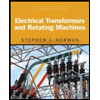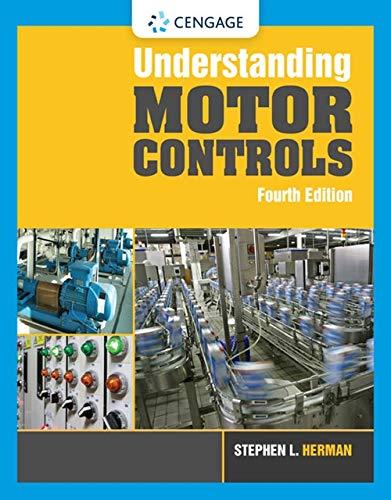
The saturation induction for nickel.
Answer to Problem 66AAP
The saturation induction for nickel is
Explanation of Solution
Write the expression to calculate saturation magnetization for nickel
Here, magnetic moment is
Write the expression to calculate atomic density for nickel.
Here, number of atoms per unit cell is
Write the expression to calculate saturation induction for nickel
Here, permeability constant is
Conclusion:
The value for lattice constant
Substitute
The value of Bohr magneton
Substitute
The value of permeability constant
Substitute
Thus, the saturation induction for nickel is
Want to see more full solutions like this?
Chapter 16 Solutions
Foundations of Materials Science and Engineering
- A magnetic actuator is expected to operate at 400°C.a) Using a clearly labelled diagram, describe the effect of temperature onsaturation magnetization. b) From the table above, suggest a material that could be used to make themagnetic actuator. Explain.arrow_forwarda) Draw the hysteresis curves for a hard and a soft magnetic material. Label the axes and describe how you can get information about the saturation magnetisation, remanence and coercivity from the graphs. b) Which of the two materials would you use as a fridge magnet? Explainarrow_forwardA 4-79 permalloy solenoid coil needs to produce a minimum inductance of 1.5 Wb/m2. If the maximum allowed current is 8mA, how many turns are required in a wire 132cm long? (extra info Fig 2)arrow_forward
- How can you know what kind of bars are made. Explain by investigating net magnetization. (Magnetism and paramagnetism)arrow_forwardWhat determines the strength of the magnetic field when current flows through a conductor?arrow_forwardExplain the following, related to physical insight to internal energy (iv) Internal energy (v) spin energy (vi) sensible energy.arrow_forward
- Distinguish between conductors and semiconductors under the following headings: temperature, coefficient of resistance and band theory.arrow_forwardDistinguish elastic, electrical and magnetic hysteresis in different materials.arrow_forwardEngineering science Distinguish elastic, electrical and magnetic hysteresis in different Materials.arrow_forward
- Which of the following piezoelectric materials has the highest piezoelectric constant?arrow_forwardA piezoelectric material has a Young’s modulus of 72000 MPa. What stress is required to change its polarization from 640 C/m2 to 645 C/m2?arrow_forwardBulk resistivity of NbN , TiN, TaN, ZrN, and VN with references ?arrow_forward
 Electrical Transformers and Rotating MachinesMechanical EngineeringISBN:9781305494817Author:Stephen L. HermanPublisher:Cengage Learning
Electrical Transformers and Rotating MachinesMechanical EngineeringISBN:9781305494817Author:Stephen L. HermanPublisher:Cengage Learning Understanding Motor ControlsMechanical EngineeringISBN:9781337798686Author:Stephen L. HermanPublisher:Delmar Cengage Learning
Understanding Motor ControlsMechanical EngineeringISBN:9781337798686Author:Stephen L. HermanPublisher:Delmar Cengage Learning Refrigeration and Air Conditioning Technology (Mi...Mechanical EngineeringISBN:9781305578296Author:John Tomczyk, Eugene Silberstein, Bill Whitman, Bill JohnsonPublisher:Cengage Learning
Refrigeration and Air Conditioning Technology (Mi...Mechanical EngineeringISBN:9781305578296Author:John Tomczyk, Eugene Silberstein, Bill Whitman, Bill JohnsonPublisher:Cengage Learning


